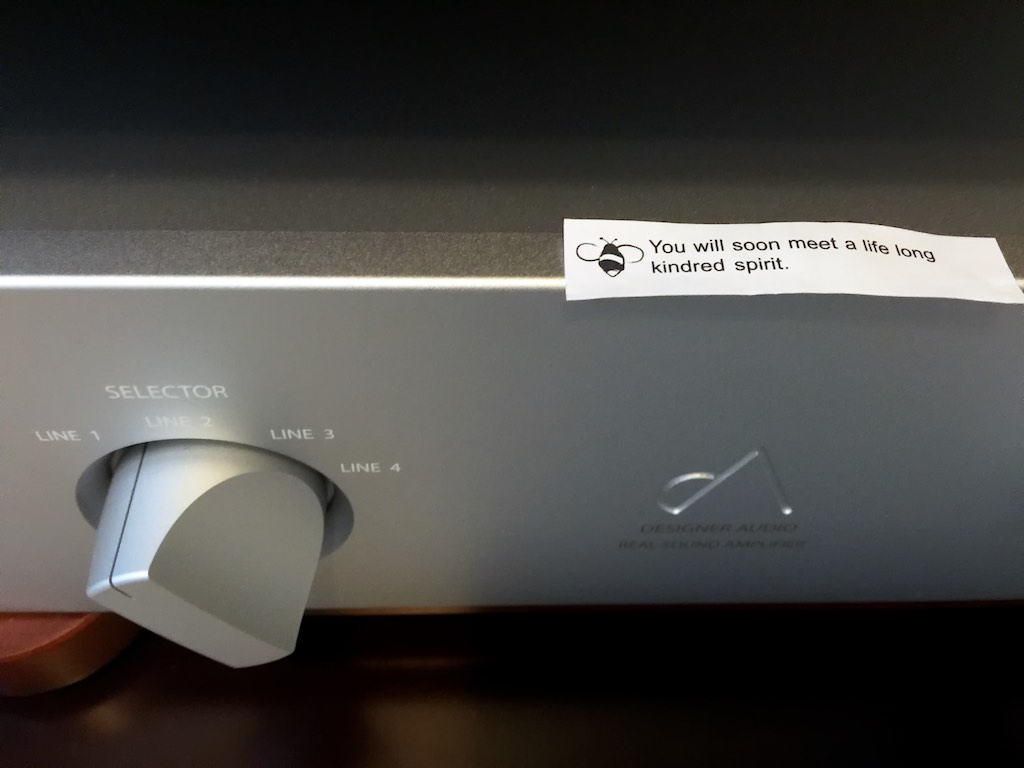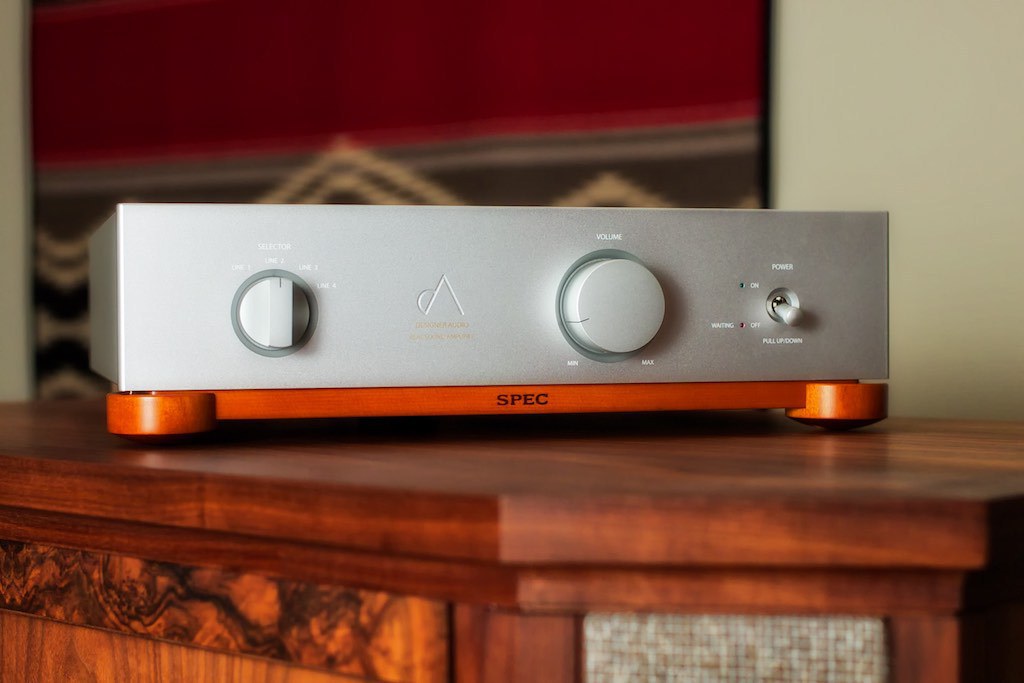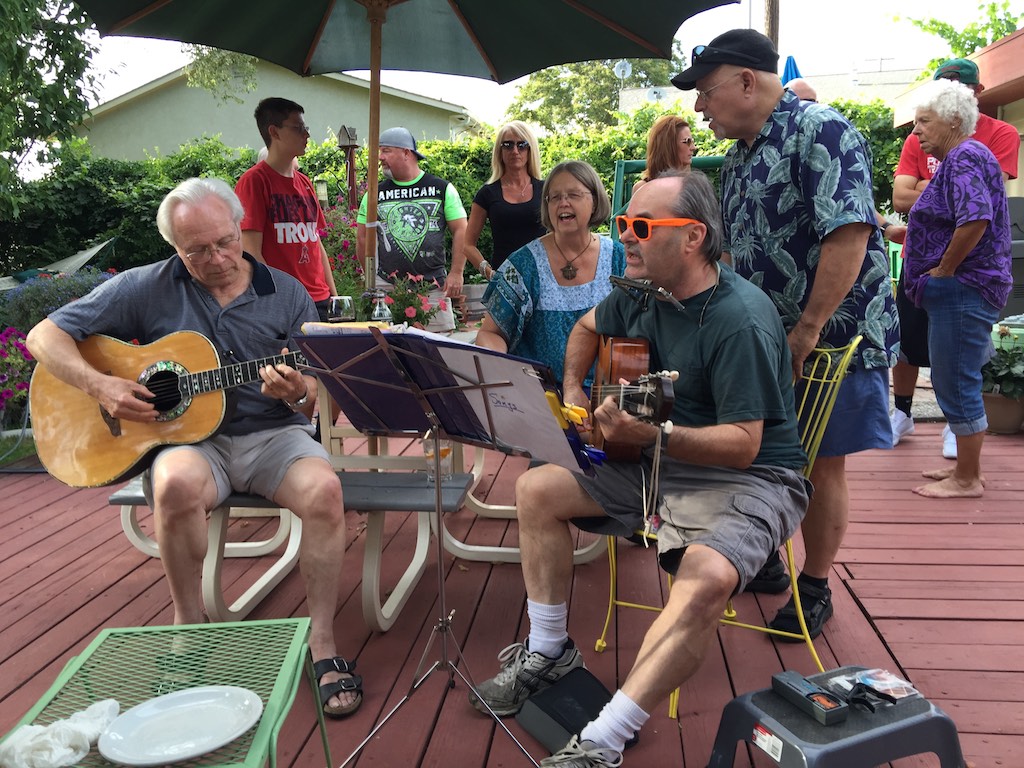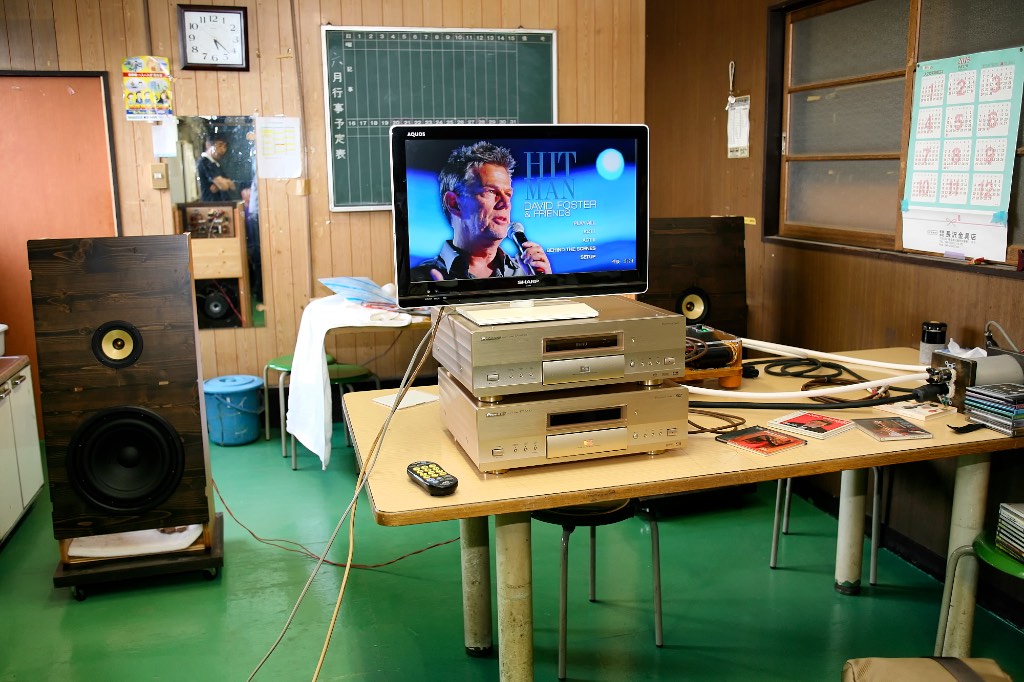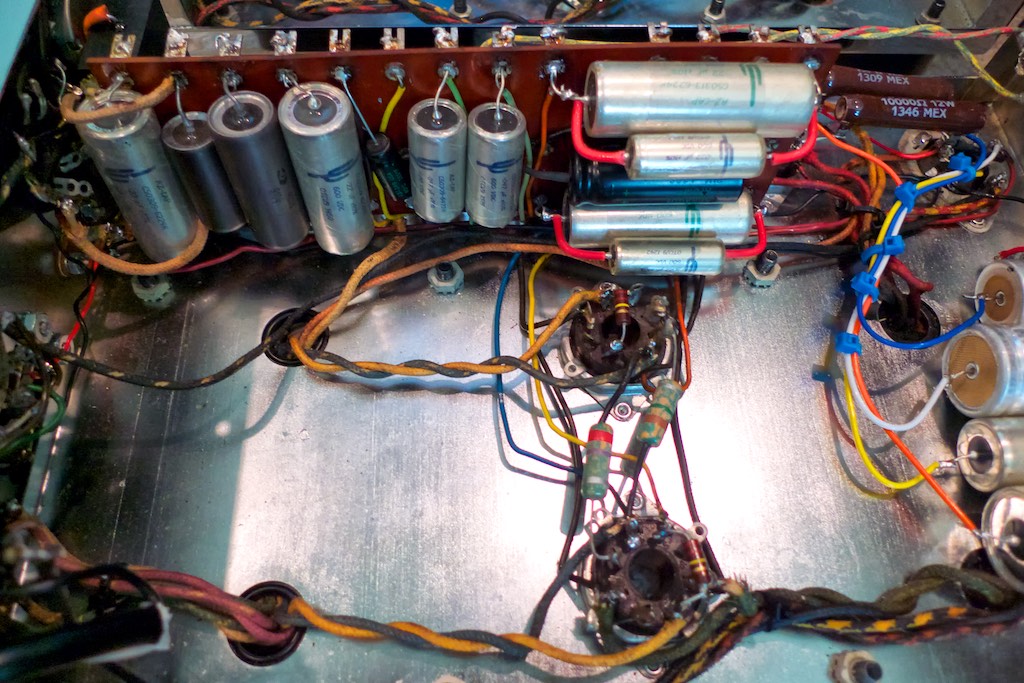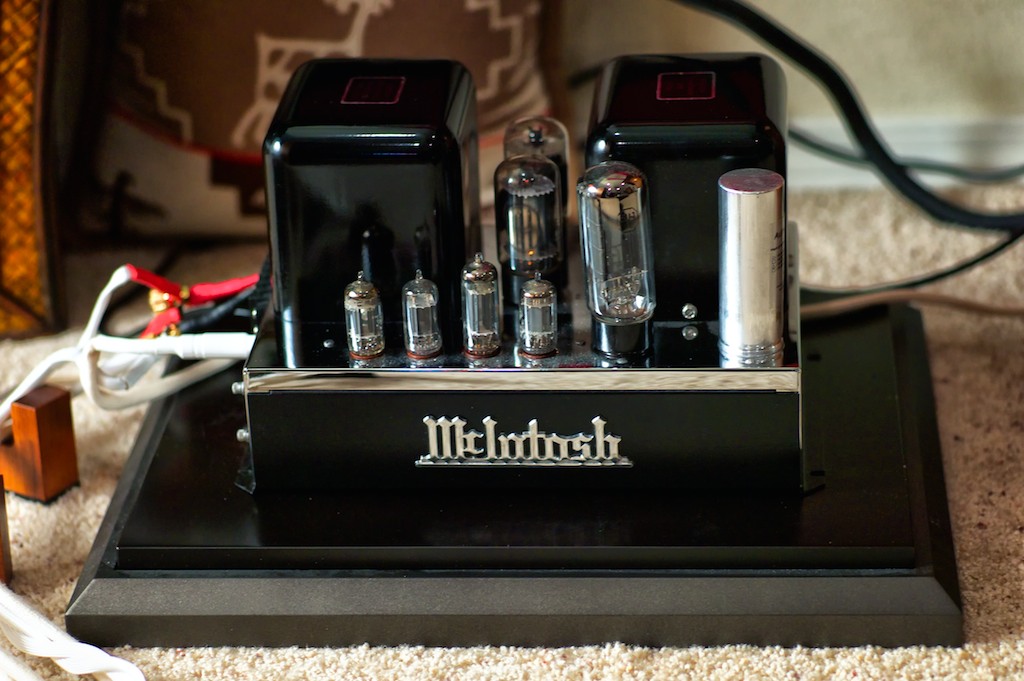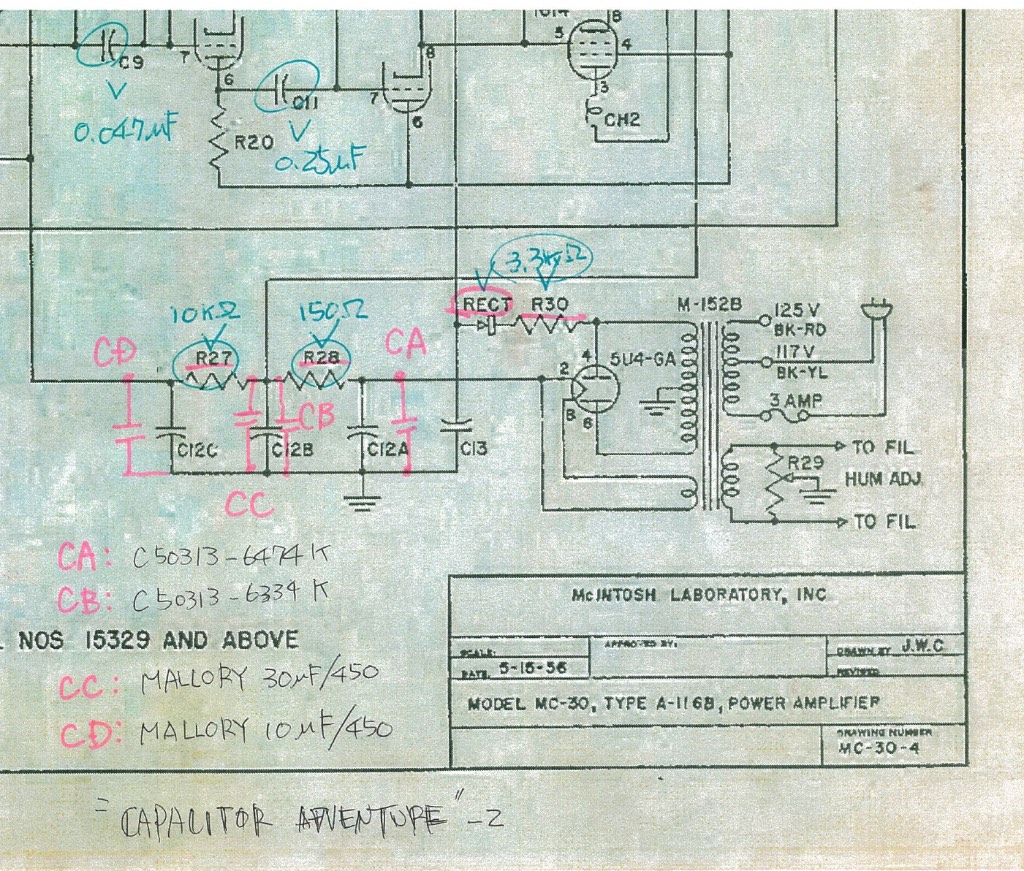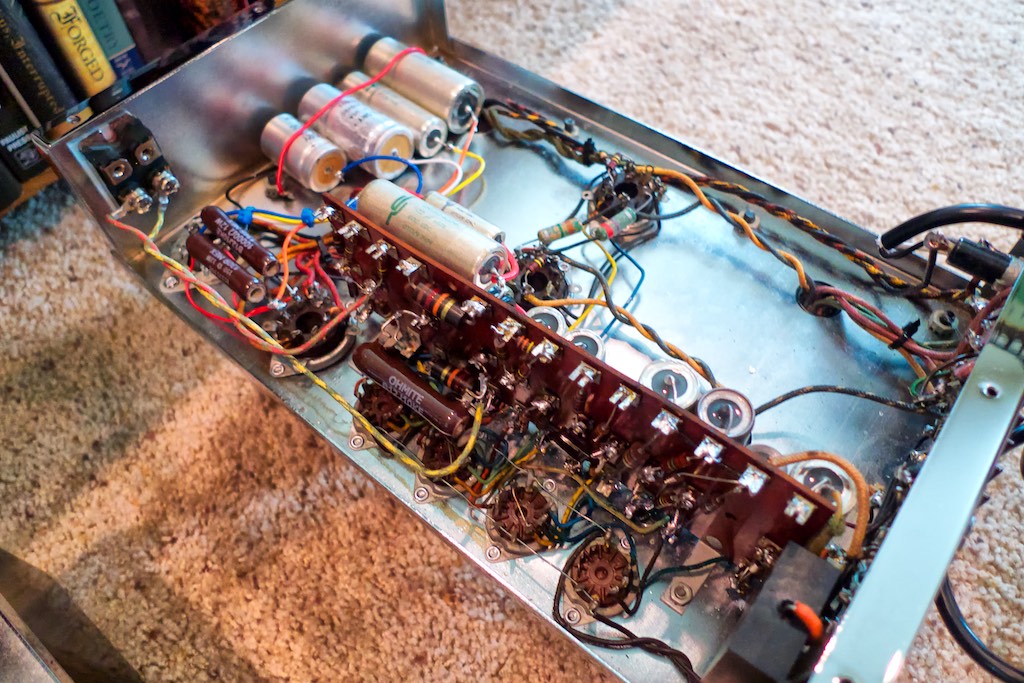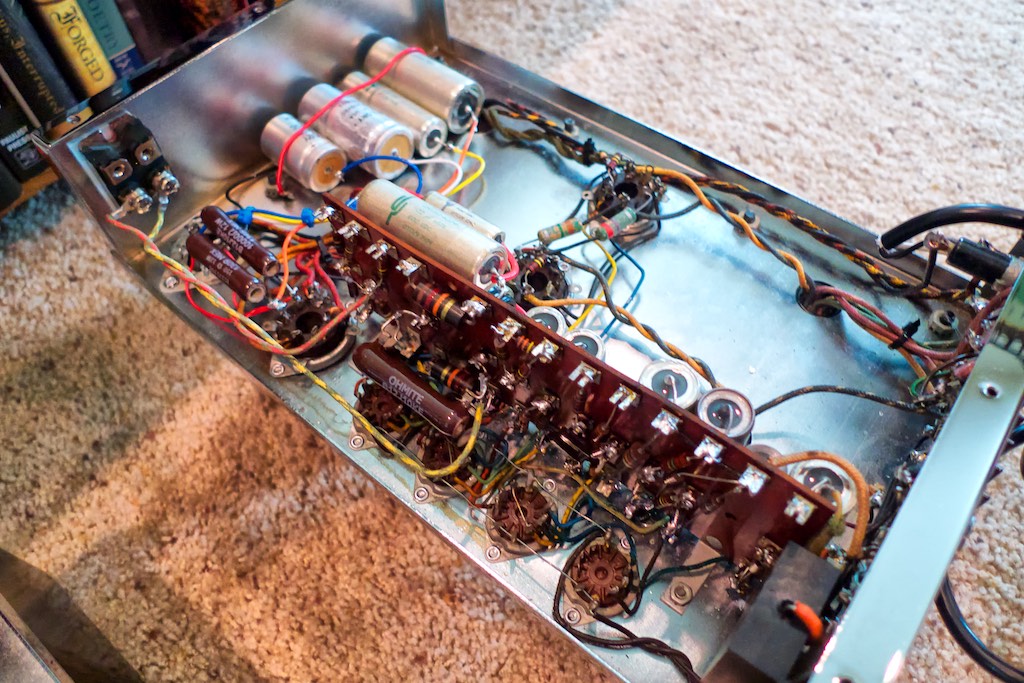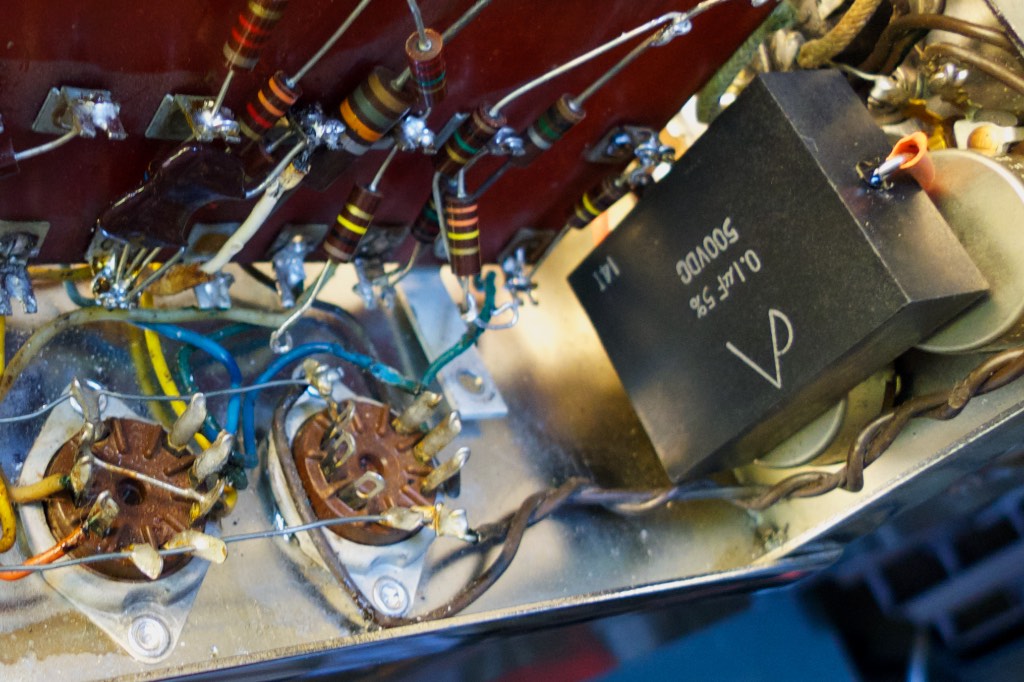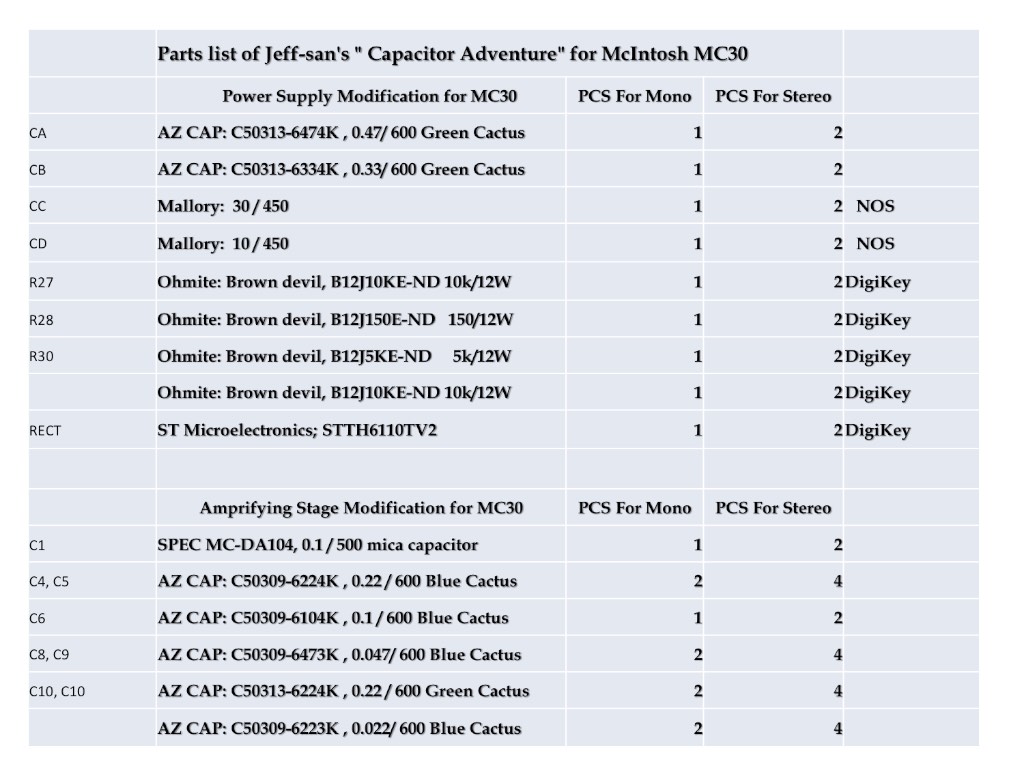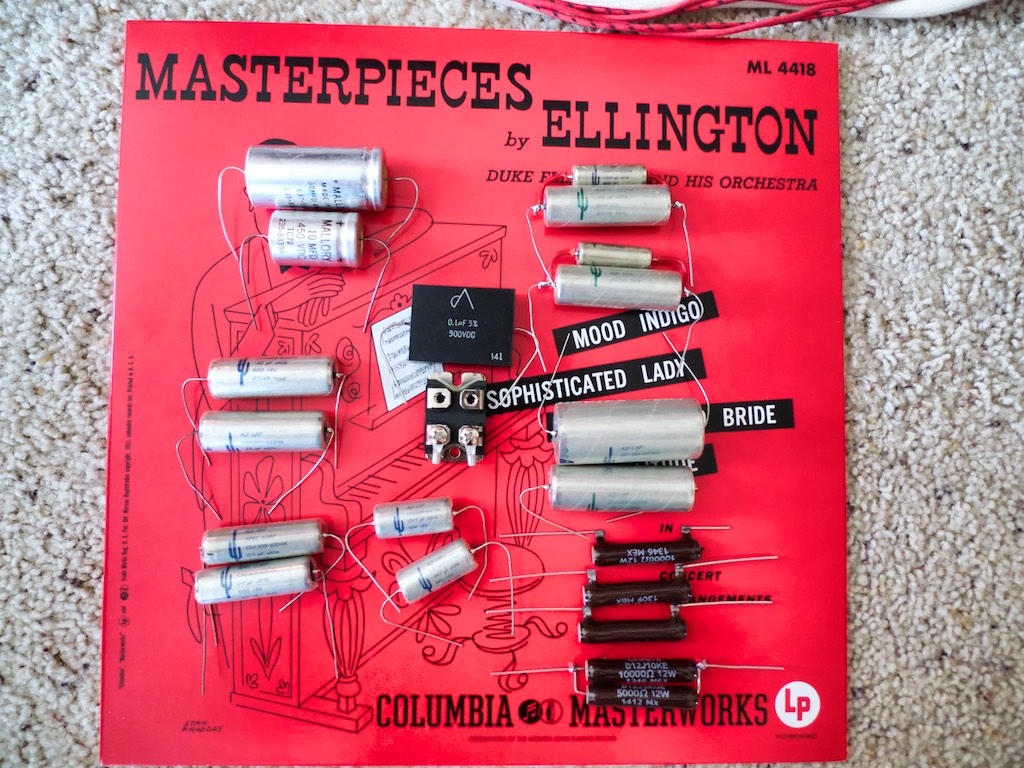That's what the message inside of my fortune cookie said, "You will soon meet a life long kindred spirit."
It's fun to have a good meal at a Chinese restaurant in America, where there's a tradition of handing out fortune cookies at the end of a meal, so everyone around the dinner table can read the positive messages within and end the dinner with a smile and a bit of fun. Good times.
While messages in fortune cookies aren't meant to be taken seriously, the message inside my fortune cookie, "You will soon meet a life long kindred spirit," got placed up on my refrigerator along with some of my favorite quotes, as a fun remembrance of a good time shared with friends.
That was back before I met Mr. Yazaki-san of the SPEC Corporation in Tokyo, Japan, and was able to tell his story in the review of the SPEC RSA-M3 Real Sound Amplifier that I wrote for Positive Feedback Online in the 2015 March/April issue. If you haven't read the article yet, you should go give it a read, as Mr. Yazaki-san's story is a truly fascinating one, and the SPEC RSA-M3 Real Sound Amplifier is one of the most enjoyable amplifiers I have ever come across.
I have found that Mr. Yazaki-san's musical tastes and audio interests very closely parallel my own. He loves vintage vacuum tube electronics and horn loudspeakers, and describes the sound he enjoys "as being transparent, beautiful, rich, dynamic, but most importantly it must possess "real stereoscopic sound full of musicality.""
Like me, Mr. Yazaki-san also enjoys musical solid-state audio components, and his immense talents allow him to build the eminently musical SPEC Corporation solid-state electronics (as well as an incredibly beautiful turntable) that are voiced to perfection, and he just loves to have fun with audio and music with his friends!
Take for example, the very same evening that I was with friends in our just-for-fun celebration of the Anvil Award (above), Mr. Yazaki-san was with friends celebrating audio & music in a gathering in the meeting room of Nakamura-san's woodworking company, where they were listening to some really exotic, highly-modified, and very musical solid-state electronics. That's Mr. Yazaki-san in the middle, in the photo below.
In the foreground to the left, you might recognize the custom Class-D amplifier that Mr. Yazaki-san built for his friend Mr. Nakamura-san, that was the original inspiration for the SPEC Real Sound Amplifiers that would come later. Also notice the Western Electric WE16GA speaker cables, and the Belden 8402 microphone cable interconnects, that Mr. Yazaki uses as his reference cables, and which he shared about with all of us. Below is a closeup of the Mr. Nakamura-san's custom amplifier and the modified DVD players.
Mr. Yazaki-san told me, "I enjoyed so much the sound through CD, SACD, DVD with my best audio friends this last Saturday. All were filled with the delight of listening to the music. If you were here, you would get the same feeling."
I would have enjoyed very much being there listening to music with Mr. Yazaki-san and his friends, and I believe I would have had the same feeling, being with kindred spirits, one and all!
As you know, Mr. Yazaki-san suggested that Ron-san and I embark upon a capacitor adventure (1, 2, 3) with my vintage McIntosh MC30 monaural amplifiers, and we have been having a lot of fun with that!
Ron and I were very impressed with Mr. Yazaki-san's ability to look at the schematic for the McIntosh MC30 and be able to make suggestions to voice it according to his preferences, and take its performance to another level. That's really hard to do, to be able to look at a schematic, then suggest the exact parts that will give the circuit a particular voicing, and raise the level of performance, but Mr. Yazaki-san's huge depth of experience in audio design and his 'enlightened ear' allowed him to do just that.
I asked Mr. Yazaki-san if he would tell us a little about what his thought process was when he suggested the 'capacitor adventure' for improving the performance of my vintage McIntosh MC30 amplifiers. Here's what he told me:
“Dedicated to my friends, Jeff-san and Ron-san, My choice to Jeff-san’s “Capacitor Adventure”
"First of all, I should express to you, it was true that the choices of the parts for your adventure kit had just come from simply my inspirations. Well, Banno-san, our skillful electric circuit designer, and also the authority of optical disc player such as Laser Disc, DVD and Blue-Ray Disc, also used to say that “Yazaki-san has some serendipity or ability to find out about real outstanding sounding parts.”
Certainly, for example, when I first came across the Belden 8402 microphone cable at the pro-shop “TOMOCA” in Akihabara just three years ago, I was convinced it could be the best sounding interconnect cable I have ever met, and felt this cable could be proportional to the WE16GA’s performance, all at one glance.
I have been in charge of audio engineering for more than 40 years, so my inspirations are supported by some technical thought, mixed with my personal long-time audio experiences.
Well, I think my inspirations also come from confidence in the thought that, Jeff-san’s hearing sense would be very close to mine. I understand Jeff-san loves traditional American music, just as I do, and Jeff-san’s most favorite speaker has been the beloved Tannoy Westminster Royal. On the other hand, I also love the sound of vintage GEC or Marconi DA30 dome-type, one of the best sounding direct heated triode, hard-to-find in this day and age, and it is full of grace and noble tonal character. I have felt that these British products were real superb articles and have a common desirable character.
Yes, key words for your “Capacitor Adventure” kit would be the fusion of gorgeous vintage American sound and lofty British fineness of tone. This sound character that I have been long pursuing, was the desired tone image that I had in mind for your kit.
Let me get down to main issue, when I first looked at the schematic of MC30, I felt there was a kind of weakness in the power supply compared to its luxurious amplifier stage, and well known unique output transformer. Needless to say, the power supply of an audio amplifier is so important and the final quality of the sound much depends on the quality of power supply.
The quality of the dynamic response of the power supply is important for the changes in music signals, but we don’t have an effective method to measure the characteristic of this dynamic response of power supply, so we have to listen and find out the sound of each part, rectifiers, capacitors, and resisters, that compose the power supply.
I studied how to strengthen the plate voltage of this power supply, and thankfully reached a few ideas in a day. The concept of improving it was mainly made of three points: the first was the insertion of our high quality hermetic seal capacitor, such as Arizona Capacitor, just at the out-put of the rectifier, for getting highly responsive sound. The second change was the voltage drop resister to get the highest quality one, a vitreous enamel wire wound resister, called the Brown Devil, an important historic resister. It has a little, but specific inductance, and would work like a choke coil transformer, that was not adopted in the MC30. The third point was adopting the practically switching noise-free diode for fixed bias voltage.
Basically I wanted to use half-wave rectification according to the original circuitry of MC30, to keep away the complex switching noises of full-wave rectification or bridge rectification. That would bring out the full merits of fixed bias driving for the power tube.
I added the vintage NOS Mallory electrolytic capacitor for rectification and decoupling. I have known well the tonal character of the Mallory, and also regarded it as an excellent sounding benchmark, even to the present day. I am sorry to say that it is very hard work to find a dependable high voltage electrolytic capacitor for tube amplifiers right now.
About the schematic:
CA: Arizona-Cap, type C50313-6474K 0.47 /600 “Green Cactus”
An exceptionally outstanding E.S.R throughout its entire range, and beautiful sound, it is beyond any NOS hermetic seal capacitor.
CB: Arizona-Cap, type C50313-6334K 0.33 /600 “Green Cactus”
The same virtues at 6474K, and in addition, it has a unique, fascinating, and noble mid-range.
CC: Vintage Mallory 30 /450 tubular electrolytic capacitor
CD: Vintage Mallory 10 /450 tubular electrolytic capacitor
The Mallory’s have a rich tonal character that is in a different class compared to other electrolytic capacitors.
RECT: ST Microelectronics STTH6110TV2
This is an ultra-fast, soft recovery, high-voltage diode for industrial use, with good sound that is equal to a tube rectifier.
R27, R29, R30; OHMITE Brown Devil, vitreous enamel wire wound resister
R27: B12J10KE-ND 10K/12W
R28: B12J150E-ND 150/12W
R30: B12J5KE-ND+B12J10KE-ND 3.3K/12W+12W
Is a very old type resister with excellent sound quality for power supply use.
Note: STTH6110TV2 and Brown Devil, you can easily get at Digi-Key in USA.
Maximization of transmitted information volume
In the first place, when I suggested the “Capacitor Adventure” to Jeff-san, I just pictured in my mind only replacement of the coupling capacitor. I wanted to introduce the Arizona Capacitors to Jeff-san and his readers, because I think they are the best sounding coupling capacitors for tube amplifiers.
And so, I’m going to tell you what would be the main theme of “Capacitor Adventure”. In the schematic of MC30’s amplifying stage, C1, C8-C9 and C10-C11 might be most influential parts because that the music signal flows directly through these capacitors, and the required characteristic for these capacitors are dynamic transmitted information volume, I think.
But sorry, as I mentioned before, we can’t find out any effective measurement method. Yes, we can easily measure capacitor’s static characteristic, such as dissipation factor, E.S.R. (Equivalent Series Resistance) of each frequency and impedance frequency characteristic. And we have rarely succeeded to make a connection with hearing results and these characteristics. But we could easily distinguish the sound of each capacitor by hearing from the point of view, transmitted information volume. When we hear the large amount the transmitted information capacitor, we could feel the much bigger volume of the sound, 3D like real stereoscopic sound field, rich and deep tonal character, and uplifting dynamic sound. In a word, the sound would be full of musicality. Thankfully, we have been blessed of such superb capacitors.
In particular,
C1; SPEC MC-DA104, 0.1 / 500 mica capacitor,
Is used the low-cut filter of first stage, and so we should adopt the highest quality capacitor, full of transmitted information volume. And also it must be used with non-bias voltage circumstances. MC-DA104 might be one and only one in the world, the extraordinary big capacitance mica capacitor but also proud of extremely transparent timbre throughout entire range.
C8-C9; Arizona-Cap, type C50309-6473K 0.047 /600 “Blue Cactus”,
Is proud of succeeded gorgeous vintage American tone color, open and natural, everyone would like. It might be desirable fitted for electric guitar.
C10-C11; Arizona-Cap, type C50309-6223K 0.022 /600 “Blue Cactus”, Arizona-Cap, type C50313-6224K 0.22 /600 “Green Cactus”,
Is proud of the integration of American tone color, Blue and noble European timbre, Green.
I would like to repeat again, each capacitor’s character would be outstanding but true naturalness might be common tonal character and I wish this blending of the coupling capacitors could bring out real musicality!!
Shirokazu Yazaki"
Ok, that was an awesome explanation of Mr. Yazaki-san's approach to voicing and improving the performance of the vintage McIntosh MC30 monaural amplifiers.
Here's Mr. Yazaki-san's parts list for the modifications:
Here's a photo of the parts for just one MC30 monaural amplifier:
Mr. Yazaki-san's inspiration with the MC30 monaural amplifiers is continuing, and I just got word from Gary at Arizona Capacitors that the parts for our upcoming 'resistor adventure' will be on their way any day now.
Also, Mr. Yazaki-san has some recommendation for vacuum tubes for the MC30s, so the McIntosh adventures shall continue!
Many thanks to Mr. Yazaki-san for all his suggestions and all the fun he has brought about here at Jeff's Place!
Oh yes, the message inside my fortune cookie, "You will soon meet a life long kindred spirit," turned out to be absolutely correct!




